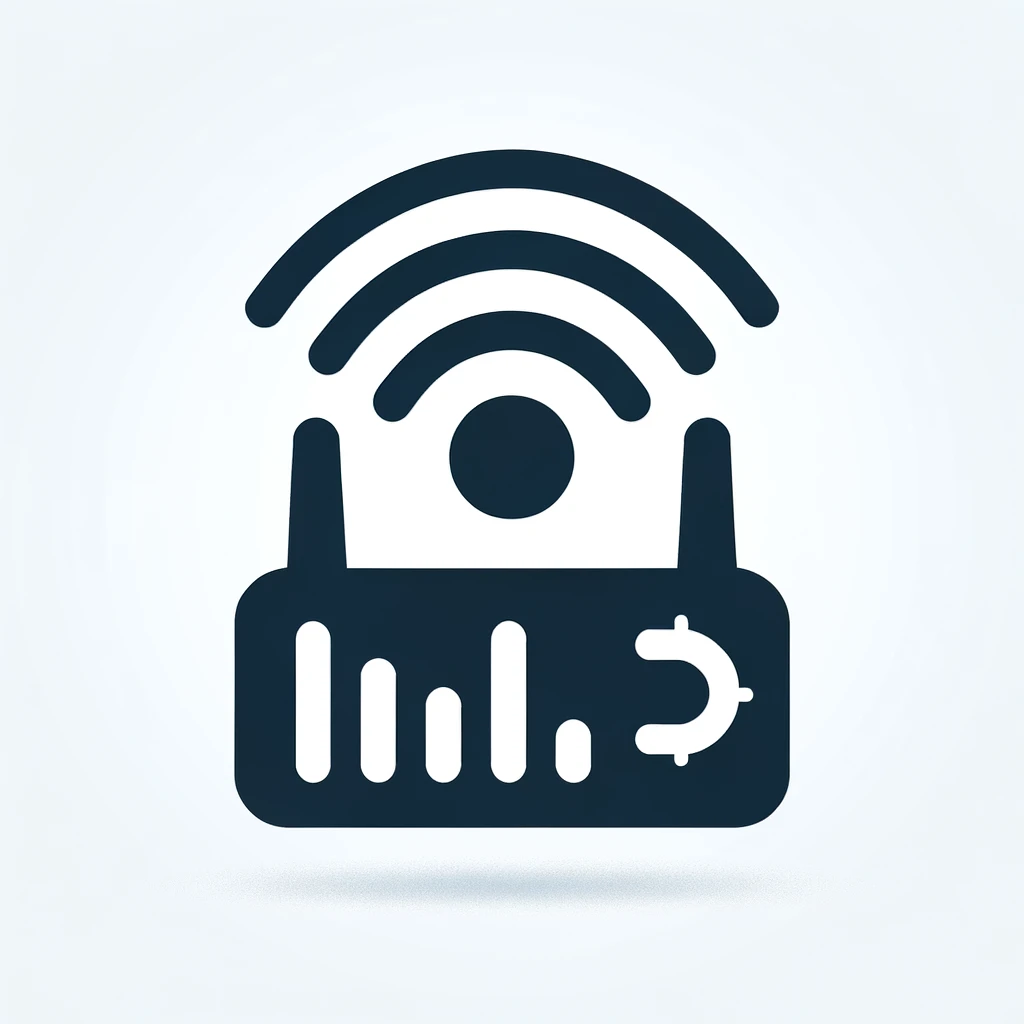-
How to install and configure Bettercap with Web UI on Apple Mac with macOS
![thumb]()
Bettercap is a key tool for anyone interested in network analysis and security, offering robust features for real-time network monitoring and manipulation. Whether you’re a cybersecurity enthusiast or a professional, the knowledge of effectively using the Bettercap with its Web UI on your modern macOS device will enhance your network analysis capabilities, making it easier to monitor and analyze networks. This article aims to guide you through the installation and configuration of Bettercap with its Web UI on a macOS, enhancing your network analysis capabilities on a modern macOS platform. For this demonstration, I utilized an Apple MacBook Pro equipped with the latest Apple Silicon, running on macOS 14 Sonoma.
Continue reading → -
How to view the value of Bootstrap datetimepicker in Firefox Inspector
![thumb]()
Bootstrap’s datetimepicker is an incredibly useful tool for web developers, offering a sleek and interactive way to handle date and time inputs. However, developers sometimes face challenges when trying to inspect these input values using browser tools like the Firefox Inspector. This article describes a simple yet effective method to view the real-time value of an input element managed by Bootstrap’s datetimepicker using Firefox’s Developer Tools.
Continue reading → -
Decoding Wi-Fi SSIDs: How smart devices reveal their identity
![thumb]()
In the ever-expanding world of smart devices, security is paramount. Yet, an often-overlooked aspect is the Wi-Fi SSID (Service Set Identifier) names these devices broadcast. Intriguingly, many smart devices follow specific patterns in naming their Wi-Fi networks, inadvertently revealing their identity. This article delves into these patterns, providing insights into how easily one can identify the type of device based on its SSID. Recognizing these patterns is crucial not only for tech enthusiasts but also as a valuable tool for enhancing network security practices, far from being just a party trick. It can help assess vulnerabilities, especially in networks connected to devices like security cameras or smart home hubs.
Continue reading → -
How to find the Ubuntu Netboot ISO in 2024
![thumb]()
In the world of Ubuntu installations, the Netboot ISO, also known as the
Continue reading →mini.iso, holds a special place. Although the last official version was released for Ubuntu 18.04 “Bionic Beaver”, the need for such a minimal installation option has not diminished. In this article, we will delve into how to find the Netboot ISO for Ubuntu. We’ll also explore the reasons why you might need this ISO and provide step-by-step instructions on how to download it. -
How to adjust audio volume in OpenWRT and make it permanent
![thumb]()
Ever tried connecting your audio system to a Wi-Fi router running OpenWRT only to find that volume is to low? If you’ve found yourself in this situation, you’re not alone. It’s a frustrating issue, but the good news is that the fix is actually quite simple. Tweaking the volume settings on your Wi-Fi router running OpenWRT will enhance your audio experience. Whether it’s for a more immersive music session or just to get that extra bit of audio clarity, adjusting the volume settings can make a significant difference. In this guide, we’ll explore how to increase the default audio volume from 33% to 60% and ensure that this change remains permanent, even after a reboot.
Continue reading →




